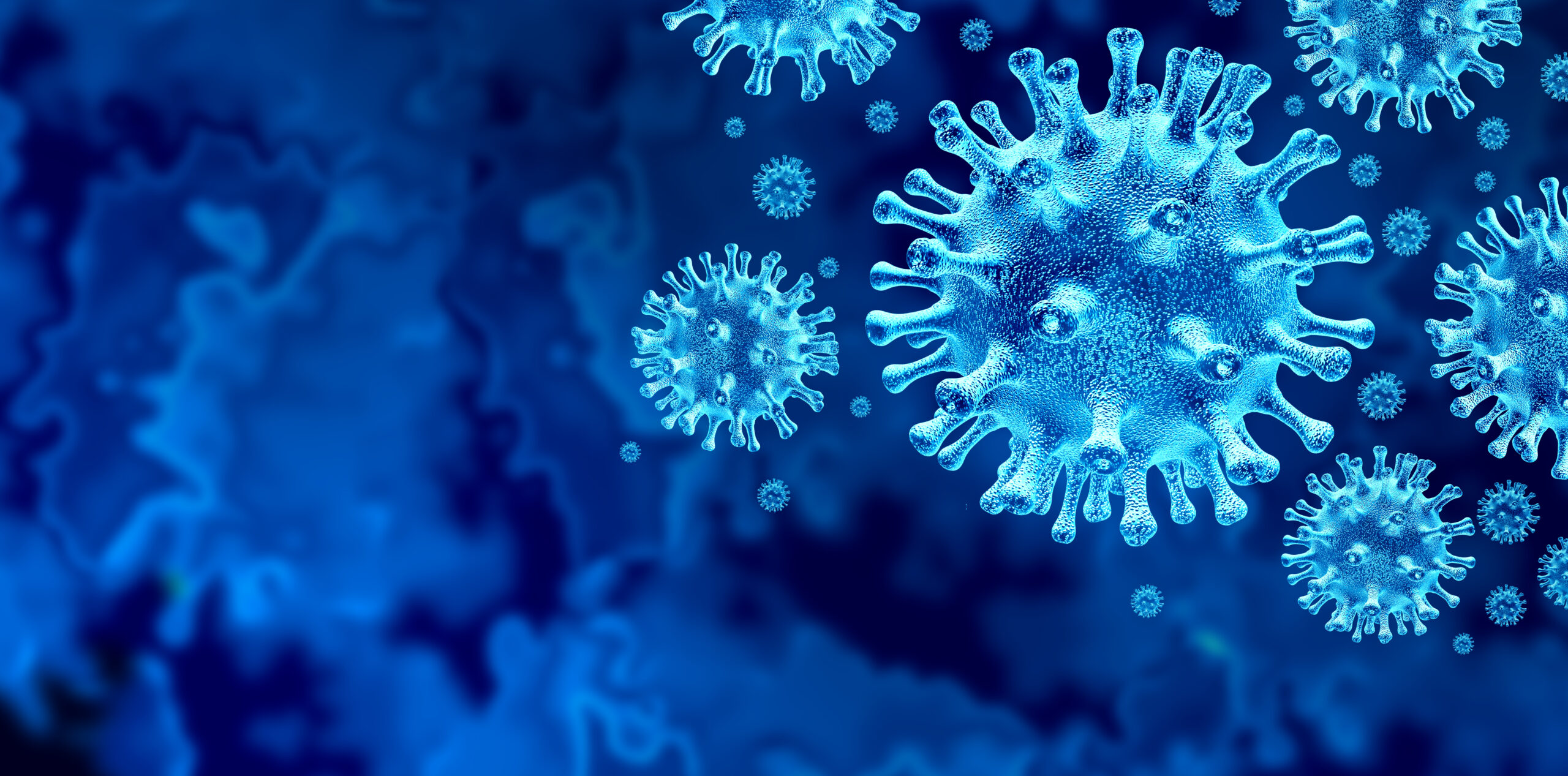In a significant advancement for future pandemic preparedness, scientists have isolated a rare immune mutation to develop a universal antiviral treatment. Known as ISG15 immunodeficiency, this condition is found in only a few dozen individuals globally. While it makes those affected more vulnerable to certain bacterial infections, it also provides immunity against known viruses. Researchers believe that the mild, persistent inflammation experienced by these individuals may be the key to their enhanced immune response.
The research team, led by Vagelos Bogunovic, has made strides by identifying a method to stimulate the production of ten beneficial proteins from the 60 generated by the natural mutation. This is achieved using ten mRNA sequences encapsulated within a lipid nanoparticle. Bogunovic stated, “We have yet to find a virus that can break through the therapy’s defenses,” highlighting the potential effectiveness of this treatment.
Potential Applications for First Responders
One of the most promising applications of this universal antiviral treatment is its use as a biological form of personal protective equipment (PPE) for first responders. As the world continues to grapple with the threat of emerging viruses, this therapy could provide a proactive defense against unknown pathogens. The treatment could be particularly crucial during the early stages of a pandemic when targeted vaccines are still in development.
In preclinical trials, researchers administered the treatment to hamsters and mice via nasal drip. As the research progresses, the team is exploring the possibility of using intranasal vaccines for human trials. This innovative approach may offer a rapid response option for health care workers and emergency personnel in the face of future outbreaks.
The implications of this research extend beyond immediate health benefits. By potentially equipping first responders with effective antiviral defenses, the treatment could help mitigate the spread of infectious diseases in communities, ultimately saving lives and reducing healthcare burdens.
As the scientific community continues to explore the applications of this groundbreaking work, attention is also drawn to the intersection of technology and public health. For instance, the integration of wearable technology, such as smartwatches, may play a role in monitoring health metrics and detecting early signs of infection, thereby enhancing pandemic response strategies.
The development of this universal antiviral treatment represents a hopeful advancement in the ongoing battle against infectious diseases. With continued research and collaboration, there is potential for significant breakthroughs that could change the landscape of pandemic preparedness and response.
